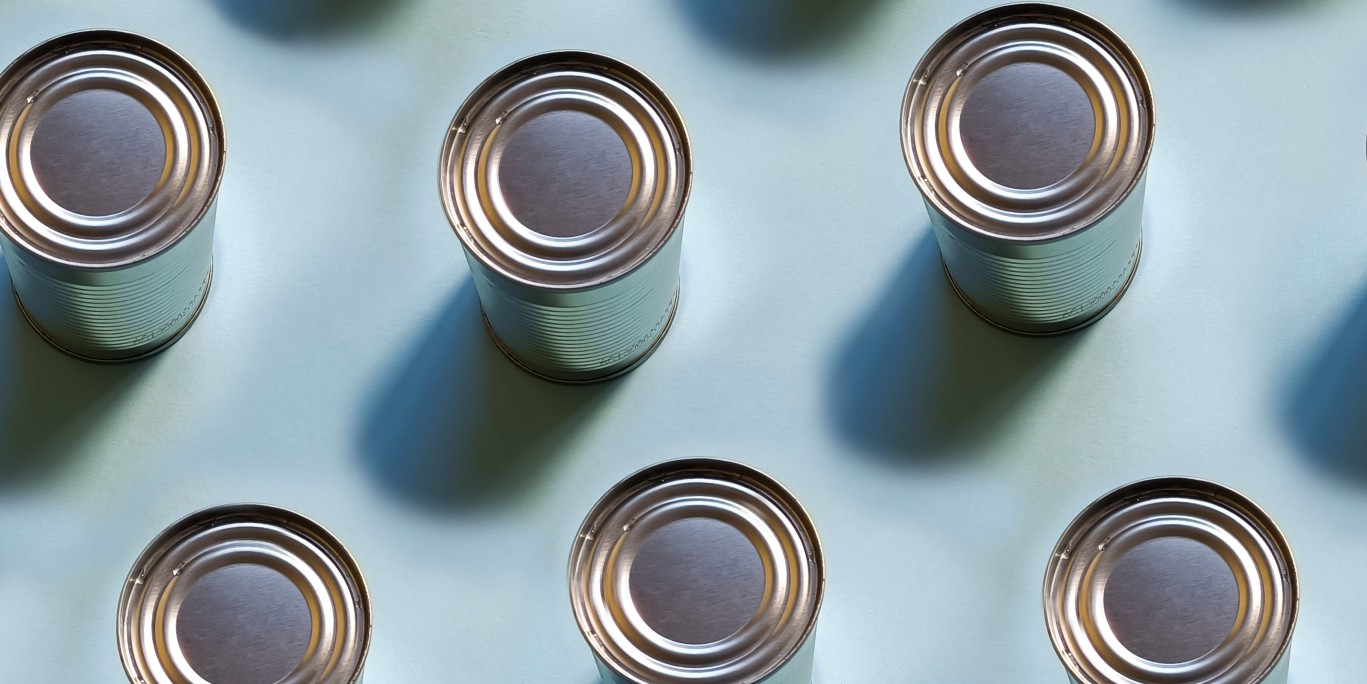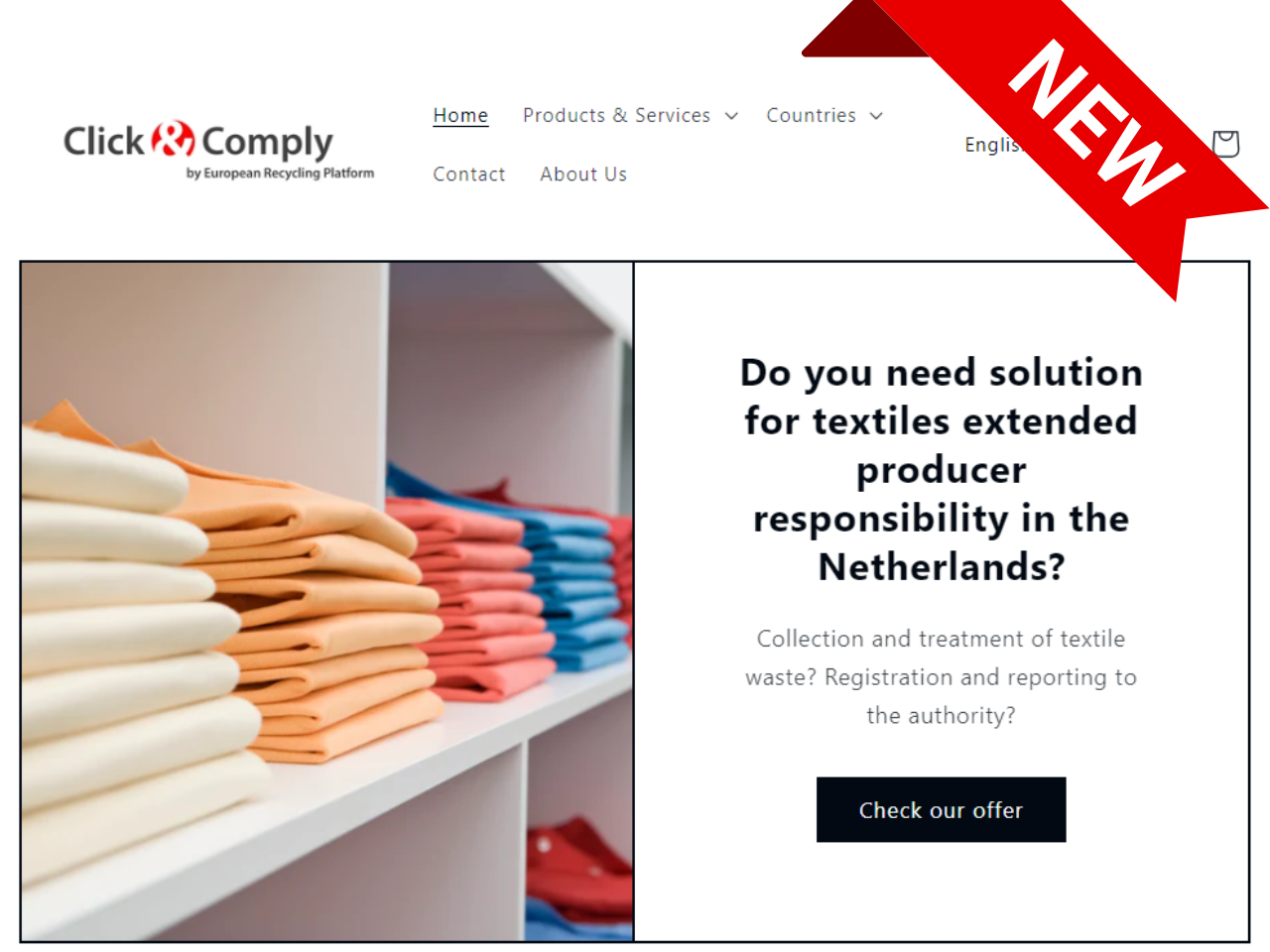What’s happening? Here is an update for February 2024:
EU Classification, Labelling and Packaging (CLP) regulation: Adaptation to Technical Progress
EU CLP: Revision progress
UK CLP: Annex VIII revoked in Great Britain
US Consumer Product Safety Commission: changes proposed
EU Classification, Labelling and Packaging regulation: Adaptation to Technical Progress
Regulation (EU) 2024/197 of 19 October 2023, amending Regulation (EC) No 1272/2008, as regards the harmonised classification and labelling of certain substances was published, on 5 January 2024.
The Regulation entered into force on 25 January 2024, but will be legally enforced from 1 September 2025. It includes several changes on substance classification, including 28 new entries added and 24 existing entries replaced.
Of note, the Regulation established a harmonised classification for three commonly used substances:
- nonylphenol, branched and linear used in manufacturing lubricating oil additives, emulsifiers, solubilisers and detergents
- cinnamaldehyde, an important flavouring used in food and fragrance industry
- dibutyltin oxide, used as a versatile catalyst, stabiliser and a paint additive
Additionally, the Regulation changed the harmonised classification for the following:
- benzyl alcohol – classification as skin sensitiser category 1B added
- ethyl acrylate and methyl acrylate – classification in acute toxicity class after inhalation tightened up from category 4 into 3
- 1,2-benzisothiazol-3(2H)-one – reduction to the specific concentration limit (SCL) for skin sensitising effect from 0,05 % into 0,036 % and addition of Acute Toxicity hazard after inhalation
Please contact H2 Compliance to enquire whether this affects the classification and compliance for any of your products.
EU CLP: revision progress
Following the trilogue discussions between the European Commission, Parliament and Council, the compromise revision text of the EU Regulation on Classification, Labelling and Packaging (CLP) of substances and mixtures has now been agreed and published (available here).
Aiming at bringing the CLP up to speed with globalisation and the growth of e-commerce, as well as adjusting the requirements to resolve issues identified through the reviews, comments, and enforcement actions, it is robust and in-depth.
Here is a summary of the highlights:
- Update to the requirements for label formatting, with particular focus on determination of font sizes dependent on the packaging size, distance between the two lines and font types
- Labels to be updated within 6 months of change of the classification where more severe classification is applied as a result of new evaluation and 18 months after other changes are introduced (specification of exact timelines instead of indication of an “undue delay” period)
- Fold-out labels use allowed on a regular basis, instead of its previous applicability to small-packaging only, with a clear definition of technical aspects of such labelling included in the Regulation (previously only in the Guidance to the CLP labelling)
- Introduction of digital labelling options, for now limited only to supplemental labelling (EUH statements, unknown toxicity statements). Other label elements need to be provided in a physical form and digital labelling can be used in addition to, not instead of them. Digital labelling is also bound by a set of limitations, so the applicability and usefulness is to be determined
- Additional derogations from labelling for inner packaging which is below 10 ml (previously applicable only to R&D products and analysis)
- Online sales regulation to introduce requirement for label elements to be presented to consumer at the website, which also impacts advertisement requirements with the addition of clarification that the advertisement of products should not contain phrases such as “non-toxic” or “non-harmful” (Article 25 (4) of the CLP)
- Introduction of substance containing more than one constituent (MOCS) concept and explanation of classification rules, data selection and prevalence for both MOCS and mixtures, with particular emphasis on CMR properties. Exemption introduced for MOCS extracted from plants and plant parts and which are not chemically modified. Approach applicability to be reviewed within 5 years
- Expansion of the list of classifications which trigger the need to include substances named in the product identifier (vPvB, PBT, PMT, vPvM and ED substances added to the list), and
- No changes introduced to the Child Resistant Fastenings and Tactile Warnings of Danger, though the technical assessment and review to be carried out within 5 years by the Commission
Other changes are also introduced, such as requirements for refill stations and amendments to the Classification and Labelling inventory related provisions (Article 40 of the CLP).
The CLP revision is still awaiting the final legislative steps and the publication in the Official Journal prior to entry into force.
Please contact H2 Compliance for more information and support.
UK CLP: Annex VIII revoked in Great Britain
When UK REACH and GB Classification, Labelling and Packaging (CLP) came into force on 1 January 2021, Annex VIII of EU CLP, which relates to Poison Centre Notifications (PCN), was not intended to be retained under GB CLP.
However, it later came to light that this had been accidentally retained and companies were meant to submit mandatory PCNs to the National Poisons Information Service (NPIS).
Since this discovery, the Department of Health has reviewed whether Annex VIII should apply within GB, and they have recently confirmed that it was revoked under the Retained EU Law (REUL) Act 2023. As a result, the Annex ceased to exist in GB as of 1 January 2024.
This decision was made to minimise the unnecessary burden on GB businesses. As such, companies are no longer required to complete mandatory PCNs in Great Britain but can submit the information on a voluntary basis if they wish.
US Consumer Product Safety Commission: changes proposed
In December 2023, the US Consumer Product Safety Commission (CPSC) issued a Supplemental Notice of Proposed Rulemaking (SNPR) regarding Certificates of Compliance (CoC) for regulated consumer products (16 §CFR 1110).
If adopted, the SNPR will better align the CoC rule with other CPSC rules for testing and certification, clarify certificate requirements for all CPSC-regulated products and substances, and require eFiling of CoCs for imported regulated products and substances.
The SNPR also clarifies additional rules for who must certify finished products for imported and domestic products (including for private labellers), as well as whether the products are delivered directly to consumers from non-domestic manufacturers.
Regulated products that fall under the purview of the US CPSC include (but are not limited to) items such as all-terrain vehicles, art materials, children’s products, bicycles, hair dryers, and lawnmowers.
Manufacturers and importers who sell consumer products within the US should heed announcements related to this proposed rulemaking. Additionally, the CPSC is accepting comments related to this regulation and the comment period for this SNPR ended on 6 February 2024.
Sign up for our monthly
report COMPASS here:
Your email











